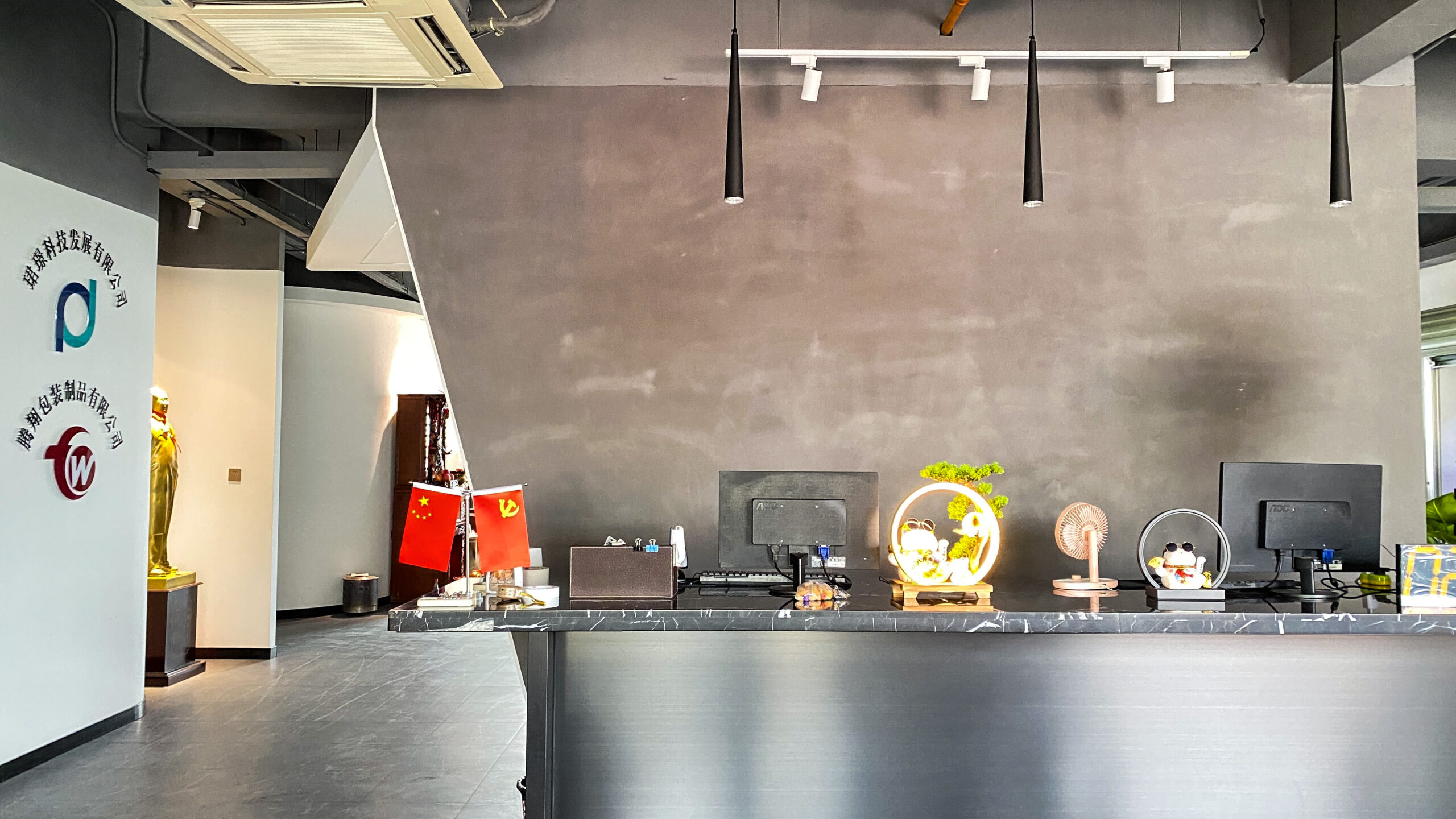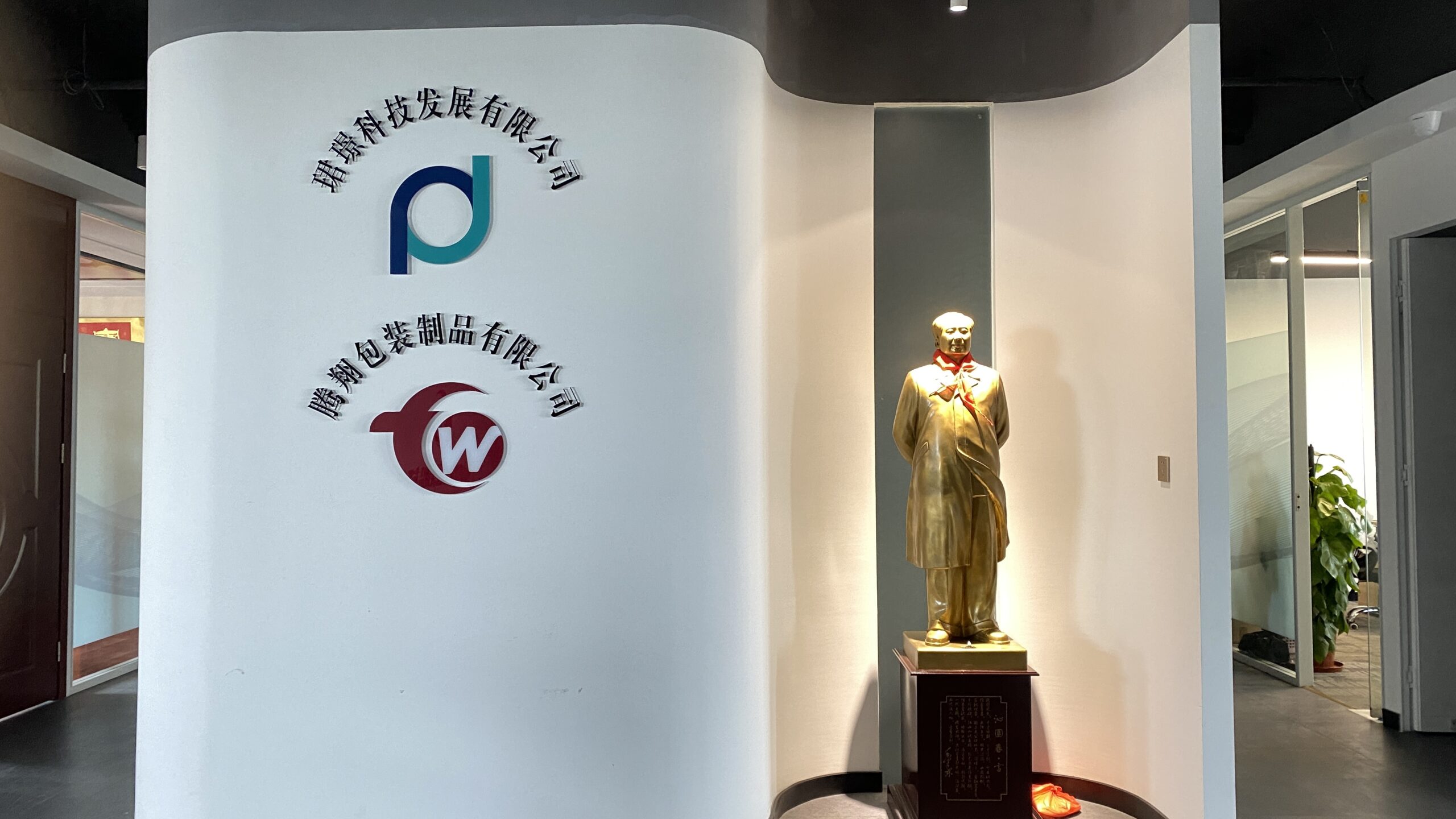For anyone who owns an automatic watch—especially more than one—a watch winder can feel like a mysterious gadget. What exactly does it do? Is it necessary? And how does it actually keep your timepiece ticking?
In this guide, we’ll break it all down in practical terms—no fluff, just real explanations for real watch wearers.

Part 1: What Is a Watch Winder?
A watch winder is a device designed to keep an automatic mechanical watch wound when it’s not being worn. These watches rely on movement—typically the motion of your wrist—to wind their mainspring. Without regular wear, the watch can stop within 36–48 hours.
The winder gently rotates the watch to simulate natural wrist motion, keeping it powered and preventing the time and date from resetting.
Part 2: How Does It Work?
Inside every automatic watch is a rotor, a semicircular weight that spins with wrist movement. When the watch is placed in a winder, the device slowly rotates the watch at intervals. This motion causes the rotor to spin, winding the mainspring and storing energy.
High-quality winders offer programmable settings:
Turns Per Day (TPD): How many times the watch rotates daily (usually between 500–1200).
Rotation Direction: Clockwise, counterclockwise, or alternating—depending on the watch model.
These functions allow the winder to mimic human motion accurately without overwinding, thanks to the slipping clutch built into the watch movement.
Part 3: Do You Really Need One?
This is one of the most common questions watch owners ask—and the answer depends on how you use your watch.
You might not need a winder if:
You wear the same automatic watch daily.
Your watch is simple to reset if it stops.
A watch winder becomes helpful if:
You own multiple automatic watches and rotate them frequently.
Your timepiece has complications (e.g. moonphase, perpetual calendar) that are time-consuming to reset.
You prefer your watches always ready to wear without delay.
It’s not just about convenience—some users also note that keeping a movement active may help prevent lubricant pooling inside the movement. But others argue that constant winding could slightly increase wear. The balance? Use it wisely and intermittently.
Part 4: What to Look for in a Watch Winder
Not all watch winders are created equal. Here’s what to consider when choosing one:
Programmability: Look for adjustable TPD and rotation direction.
Build Quality: Quiet motor, secure watch holder, and good materials.
Power Options: AC power and/or battery operation.
Slot Count: Some winders hold one watch; others hold up to 12 or more.
Some premium brands even offer counted rotations (not just timed) for more precise control.
Tip: Always check your watch brand’s recommended winding settings before using a winder.
Part 5: Is It Safe to Leave a Watch on a Winder?
Yes—if the winder is set correctly and used in moderation. Automatic watches are designed with a slipping clutch mechanism, so overwinding isn’t typically a risk. However, many experts recommend giving your watches occasional rest periods to mimic natural wear patterns.
Avoid leaving a watch running 24/7 for weeks without pause, especially if the winder has no sleep mode. Think of it like idling a car engine all day—technically possible, but not always beneficial.
Conclusion: A Tool, Not a Necessity
Watch winders are tools of convenience, not essential maintenance devices. They save time, preserve settings, and keep your favorite watches ready for action. For collectors and complication-watch owners, they’re almost a must. For others, they’re a nice-to-have.
If you do choose one, make sure it matches your watch’s needs—and give your timepiece some downtime once in a while.





